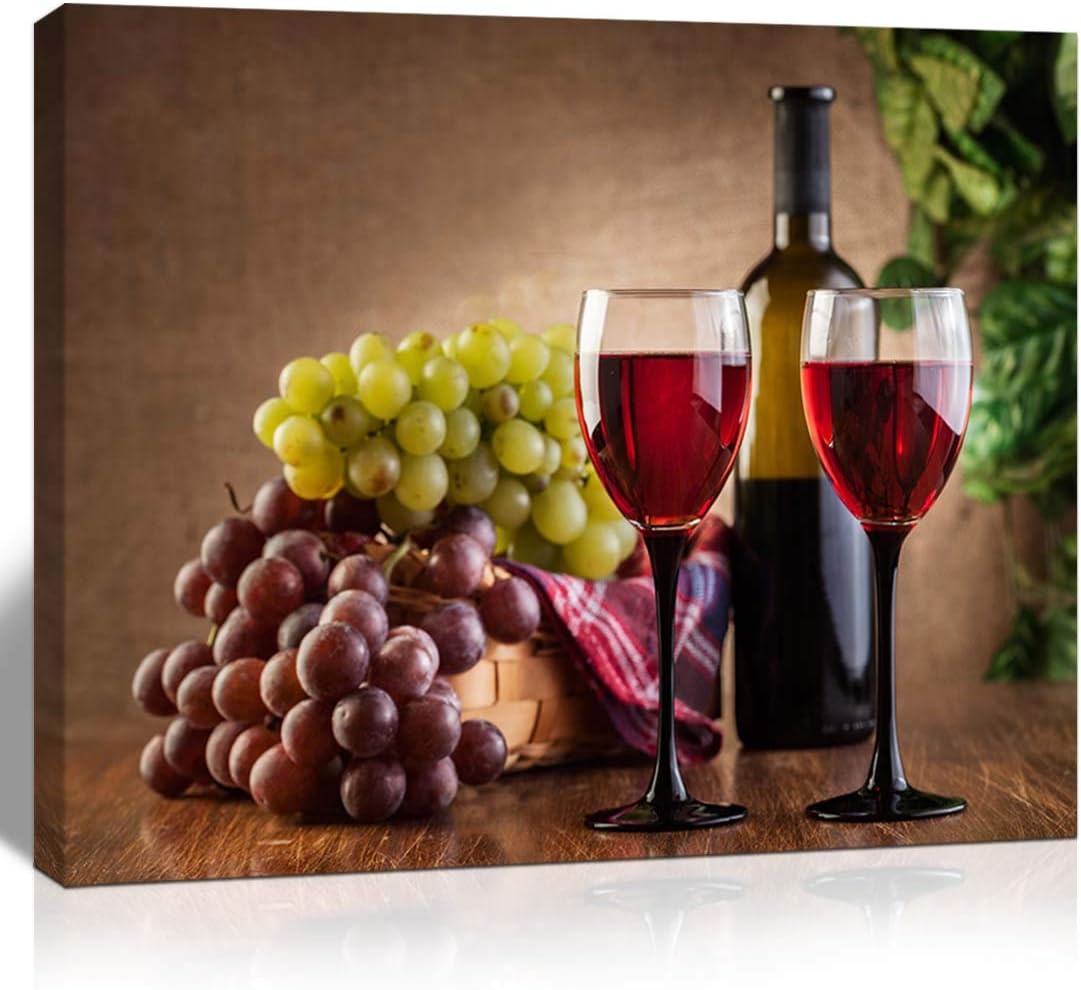Grape wine has a long and fascinating history, dating back thousands of years. In this article, we will delve into the origins of grape wine and its cultural significance, explore the process of winemaking from vineyard to glass, discuss the diverse types and styles of grape wine, analyze the health benefits and social aspects of wine consumption, examine the impact of climate and terroir on wine production, and highlight the timeless allure of grape wine as a symbol of celebration and enjoyment.
I. The Origins and Cultural Significance of Grape Wine:
1.1 Ancient Beginnings: From Grapevine Cultivation to Fermentation
Grape wine can be traced back to ancient civilizations such as the Greeks and Romans, who were among the first to cultivate grapes and ferment them into wine. The art of winemaking spread throughout Europe and beyond, becoming an integral part of many cultures and traditions. Wine became not only a beverage but also a symbol of celebration, religious rituals, and social gatherings.

1.2 Symbolism and Festivities: Wine in Culture and History
Grape wine has played a vital role in cultural practices and festivities throughout history. From the sacred rituals of religious ceremonies to the convivial atmosphere of social gatherings, wine is often associated with joy, abundance, and celebration. It has been featured prominently in art, literature, and folklore, embodying notions of luxury, refinement, and communal connection.
II. The Process of Winemaking: From Vineyard to Glass:
2.1 Vineyard Cultivation: The Art of Grape Growing
Grape wine production begins in the vineyard, where skilled viticulturists carefully cultivate the grapevines. Factors such as soil composition, sun exposure, and climate play a crucial role in determining the quality and characteristics of the grapes. From training the vines to careful pruning and monitoring, vineyard cultivation requires expertise and attention to detail.
2.2 Harvest and Fermentation: Transforming Grapes into Wine
The harvest is a critical stage in winemaking, as it determines the sugar levels and acidity of the grapes. Grapes are carefully hand-picked or mechanically harvested, ensuring the preservation of quality. After harvesting, the grapes are sorted, destemmed, and crushed to release the juice. Fermentation follows, during which yeasts convert the grape sugars into alcohol, resulting in the transformation of grape juice into wine.

III. Types and Styles of Grape Wine:
3.1 Red, White, and Rosé: A Spectrum of Colors and Flavors
Grape wine comes in a variety of types and styles, each with its distinct characteristics and flavors. Red wines, typically made from dark-skinned grapes, exhibit rich flavors, varying from bold and complex to light and fruity. White wines, often made from green-skinned grapes, are generally crisper and more refreshing, offering a range of flavors from floral and citrusy to creamy and buttery. Rosé wines, made from red grapes with minimal skin contact, strike a balance between the vibrant fruitiness of red wine and the crispness of white wine.
3.2 Sparkling and Fortified Wines: Adding Bubbles and Depth
Sparkling wines, such as Champagne and Prosecco, are known for their effervescence and celebratory nature, created through a secondary fermentation process. These wines add a touch of elegance and festivity to special occasions. Fortified wines, on the other hand, are wines that have been fortified with distilled spirits, such as Port or Sherry. The addition of spirits brings depth and complexity to the wine, resulting in a fortified beverage with distinctive flavors.

IV. Health Benefits and Social Aspects of Wine Consumption:
4.1 The Mediterranean Paradox: Wine and Longevity
Grape wine, particularly red wine, has been associated with various health benefits when consumed in moderation. The Mediterranean Paradox highlights the link between moderate wine consumption and reduced risk of heart disease. Certain components in wine, such as antioxidants and polyphenols, are believed to have protective effects on cardiovascular health.
4.2 Social Bonding and Cultural Traditions
Wine has long been a catalyst for social bonding and conviviality. It acts as a facilitator for creating connections, fostering conversation, and enhancing social interactions. The act of sharing a bottle of wine during a meal or celebration strengthens relationships, cultivates cultural traditions, and creates a sense of community.

V. Climate and Terroir: The Influence on Wine Production:
5.1 Cool Climate vs. Warm Climate Wines: A World of Contrasts
Climate plays a critical role in the characteristics and flavors of wines. Cool climate regions, characterized by longer growing seasons and lower temperatures, tend to produce wines with higher acidity, freshness, and vibrant fruit flavors. Conversely, warm climate regions, with their higher temperatures and sun exposure, often yield wines with ripe fruit flavors, higher alcohol content, and fuller body.
5.2 Terroir: The Unique Sense of Place in Wines
Terroir, a combination of factors including climate, soil, terrain, and vineyard practices, contributes to the individuality and distinctiveness of wines. Each wine region has its terroir that imparts a specific character to the grapes grown there. Terroir influences the flavors, aromas, and overall quality of the wine, making it a unique expression of the land from which it comes.

VI. The Timeless Allure of Grape Wine:
6.1 A Symbol of Celebration and Enjoyment
Throughout history, grape wine has remained a symbol of celebration, enjoyment, and connection. It has a timeless allure that transcends cultural boundaries, offering a sensory experience that engages the palate and evokes emotions. The act of opening a bottle of wine, savoring its aromas, and sharing it with loved ones creates moments of joy and appreciation.
6.2 A Journey in Taste: Exploring Varieties and Regions
The appeal of grape wine lies in its diversity and the opportunity it presents for exploration. From the unique varieties and styles to the geographical regions that produce them, wine offers a journey of taste and discovery. Each bottle tells a story of the winemakers’ dedication, the vineyard’s terroir, and the grapes’ expression, making every sip an adventure.
In conclusion, grape wine is more than just a beverage; it is a product steeped in history, culture, and craftsmanship. From its origins in ancient civilizations to the present day, wine has made its mark as a symbol of celebration, conviviality, and enjoyment. Finally, The art of winemaking, from vineyard to glass, reveals the meticulous processes and attention to detail that go into creating each bottle of wine. With its diverse range of types, styles, and flavors, grape wine offers a rich palette for exploration and appreciation. The timeless allure of grape wine continues to captivate enthusiasts, inviting them to discover the complexities and pleasures that lie within a glass.


